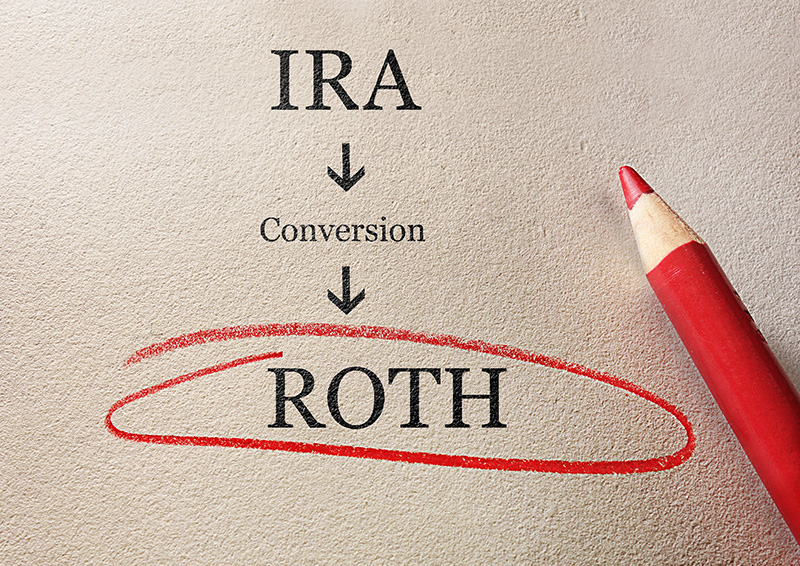In the late 1960s, Stanford University conducted a study where children could receive a marshmallow immediately, or choose to receive two marshmallows after a brief time. Most of the kids ate the marshmallow immediately. Others though, waited for what probably felt like a lifetime, and were rewarded with two marshmallows. They tracked those children for forty years, and by most measures of success, the two-marshmallow children had been more successful.
Most of my clients are two-marshmallow people.
Roth IRA conversions can make a lot of sense if you are a two-marshmallow person, regardless of how much money you have. And it’s especially true if your money lasts longer than you, and you end up leaving your IRA and retirement plans to your children. But, Roth conversions require paying taxes up-front. “Who in their right mind would choose to write a check to the government before they have to?”
I would and so would all the top IRA experts in the country—and I have interviewed all of them on my radio show. Every top IRA expert would also say the decisions, including if, when, and how much to convert will depend on the IRA owner’s individual circumstances. But the agreement among the experts is that at some point for most taxpayers, Roth IRA conversions make a lot of sense.
The key to understanding the benefits of Roth conversions is to understand the concept of purchasing power. So, let’s look at an example. You have $100,000 in a traditional IRA and $25,000 outside of your IRA for a total of $125,000. I have $100,000 in a Roth IRA. Measured in total dollars, I have less money than you, but actually, I have the same amount of purchasing power as you. Here’s why.
Let’s suppose you wanted to buy a new boat that costs $100,000. To get the money to pay for it, you must cash in your IRA. Since it is a traditional IRA, you will have to pay the taxes on your withdrawal. Assuming a flat 25% income tax rate, you will also need to liquidate your $25,000 non-IRA account to pay the taxes. I, on the other hand, don’t have the extra $25,000, but I won’t have to pay taxes when I cash in my Roth IRA to buy the same boat. In the end, we both have the same amount of purchasing power. So, if we assume a constant income tax rate, we break even in terms of purchasing power on day one after the conversion.
Still, that begs the question, “Is it worth it to pay the taxes early on your IRA just to end up in a tie?” Of course not! But what about year five or year twenty? Imagine the value of the Roth years after you are gone. I will repeat myself, subject to some exceptions, almost all taxpayers could benefit from a Roth IRA conversion at some point in their lives. The tough part is determining when and how much to convert.
We often recommend a series of Roth IRA conversions over several years to keep you in your lowest tax bracket. The best way to make the determination is to “run the numbers,” which is what we do in our office before making any Roth IRA conversion recommendations. Under the current law, the Roth IRA will grow income-tax free for the rest of your life and for the rest of your spouse’s life, and if you don’t use it, income-tax free for the lives of your children and your grandchildren. Further, you and your spouse will not be required to take distributions from your Roth IRA. Though beyond the scope of this column, the Roth IRA conversion is also a great defense against the looming death of the stretch IRA.
To use an agricultural analogy, a Roth IRA conversion requires paying tax on the seed. You plant the seed, and over time, it blossoms and grows. Then when you or your heirs harvest the crop, you enjoy the fruits of your labor without having to pay further taxes.
The advantages of Roth conversions should not be under-estimated; they could mean hundreds of thousands of dollars—sometimes millions of dollars—of additional purchasing power for your family. That’s like offering your kids a bag of marshmallows—and all because you saw the value of delayed gratification.

